Indoor plants are more than just decorative pieces that bring life and color to your home—they are living organisms with their own ways of communicating. While they may not speak in the traditional sense, plants have a remarkable ability to convey their needs, preferences, and even distress signals through various physical cues.
Understanding the language of plants can help you become a more attentive and successful plant parent. In this article, we'll explore how your indoor plants communicate with you and what you can do to respond to their needs.
1. Leaf Color: A Telltale Sign of Plant Health

The color of your plant's leaves is one of the most obvious indicators of its health and well-being. By paying attention to changes in leaf color, you can quickly diagnose issues and take corrective action.
Green Leaves: A Sign of Health
Healthy plants typically have vibrant green leaves, which indicate that they are receiving the right amount of light, water, and nutrients. Green leaves mean that your plant is photosynthesizing effectively, producing the energy it needs to grow and thrive.
Yellow Leaves: A Call for Help
When a plant's leaves turn yellow, it's often a sign of stress. Yellowing can be caused by several factors, including overwatering, underwatering, or a lack of essential nutrients. For example, overwatering can lead to root rot, which prevents the plant from absorbing water and nutrients, causing the leaves to yellow. On the other hand, if the yellowing starts from the bottom leaves, it might indicate a lack of nitrogen.
Brown or Crispy Edges: A Cry for Humidity
Brown or crispy edges on leaves often signal that the plant is not getting enough humidity or that it has been exposed to too much direct sunlight. This is common in plants that thrive in humid environments, such as ferns and peace lilies. Increasing the humidity around your plant or moving it away from direct sunlight can help alleviate this issue.
Also Read- Top 5 Indoor Plants That Double As Natural Air Fresheners
2. Leaf Position: How Plants Express Their Emotions

Plants can also communicate through the position and movement of their leaves. Observing how leaves change position throughout the day can provide insight into how your plant is feeling.
Perky Leaves: A Happy Plant
When a plant's leaves are upright and perky, it's a good sign that the plant is content. This indicates that the plant is getting the right amount of light and water and that its internal processes, such as photosynthesis, are functioning smoothly.
Drooping Leaves: A Sign of Thirst or Stress
Drooping leaves can indicate that your plant is thirsty or under stress. If the soil is dry, it’s likely that the plant needs water. However, drooping can also occur if the plant is overwatered, leading to root rot. In this case, the roots are unable to take up water, causing the leaves to droop. To determine the cause, check the soil moisture level before watering.
Leaf Curling: A Response to Environmental Factors
Leaf curling can occur when a plant is exposed to unfavorable environmental conditions, such as too much heat, light, or a lack of water. It can also be a sign of pest infestation. If you notice leaf curling, consider adjusting the plant's environment or checking for pests.
Also Read- Top 5 Flowering Indoor Plants That Add Color to Your Home
3. Growth Patterns: How Plants Show Their Contentment

The growth rate and direction of your plant can tell you a lot about its overall health and happiness. Healthy growth indicates that your plant is thriving, while stunted or erratic growth may signal underlying issues.
Healthy New Growth: A Sign of a Thriving Plant
If your plant is producing new leaves, stems, or flowers, it’s a positive sign that it’s thriving in its current environment. New growth usually means that the plant is getting the right balance of light, water, and nutrients.
Leggy Growth: A Plea for More Light
Leggy growth occurs when a plant stretches out its stems and leaves in search of light. This results in long, spindly stems with fewer leaves. If you notice this pattern, it’s a sign that your plant needs more light. Moving it to a brighter location or supplementing with artificial light can help address this issue.
Stunted Growth: A Cry for Nutrients
If your plant is not growing as expected, it may be a sign that it’s not getting enough nutrients. Stunted growth can occur when the soil lacks essential minerals, or if the plant has outgrown its pot and needs more space. Consider fertilizing the plant or repotting it to encourage healthy growth.
Also Read- How To Protect Your Indoor Plants From Summer Sunburn
4. Flowers and Fruit: A Celebration of Success

When your plant blooms or produces fruit, it’s a clear sign that it’s thriving. Flowering and fruiting require significant energy and resources, so these events indicate that your plant is healthy and well-cared for.
Healthy Blooms: A Reward for Good Care
If your plant is flowering, it means that it’s receiving everything it needs to reach its full potential. To maintain healthy blooms, continue providing consistent care, including proper watering, light, and feeding.
Failed Blooms: A Signal for Adjustment
If your plant attempts to bloom but the flowers quickly wilt or fail to develop fully, it may be a sign that the environment is not quite right. Factors such as insufficient light, incorrect watering, or a lack of nutrients can all contribute to failed blooms. Adjusting these conditions can help your plant successfully bloom in the future.
Also Read- Tips For Moving Your Indoor Plants To A New Home In Summer
5. Root Health: The Foundation of Plant Communication

While the roots are hidden from view, they play a crucial role in your plant’s overall health. By paying attention to the condition of the roots during repotting, you can gain valuable insights into your plant's well-being.
White, Firm Roots: A Healthy Foundation
Healthy roots are typically white or light tan and feel firm to the touch. They should fill the pot without being overly crowded. If your plant has healthy roots, it’s a good sign that it’s receiving the right amount of water and nutrients.
Brown or Mushy Roots: A Sign of Root Rot
Brown, mushy roots are a clear sign of root rot, often caused by overwatering. This condition can be fatal to plants if not addressed quickly. If you discover root rot, trim away the affected roots and repot the plant in fresh, well-draining soil.
Also Read- Science Behind How Indoor Plants Improve Your Health
Conclusion: Understanding Your Plant’s Language
Indoor plants have a subtle but effective way of communicating their needs, preferences, and distress signals. By learning to recognize the signs they give—whether through leaf color, position, growth patterns, or root health—you can provide the care they need to thrive. Listening to the language of plants not only helps you become a better plant parent but also deepens your connection with the natural world inside your home.
So next time you walk by your plants, take a moment to observe and understand what they might be telling you. Your attentive care will be rewarded with healthy, vibrant greenery that enhances your living space.


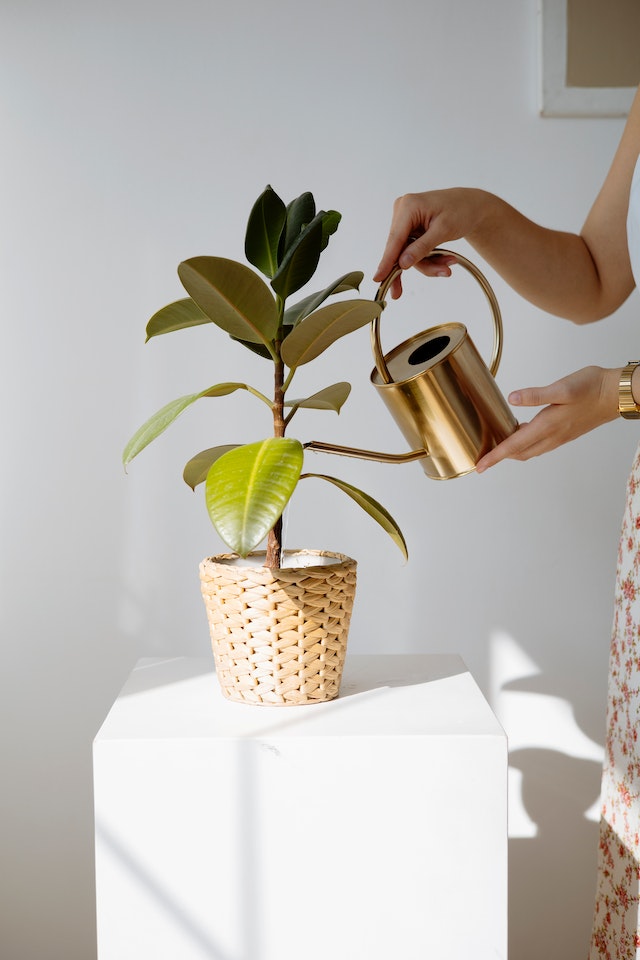
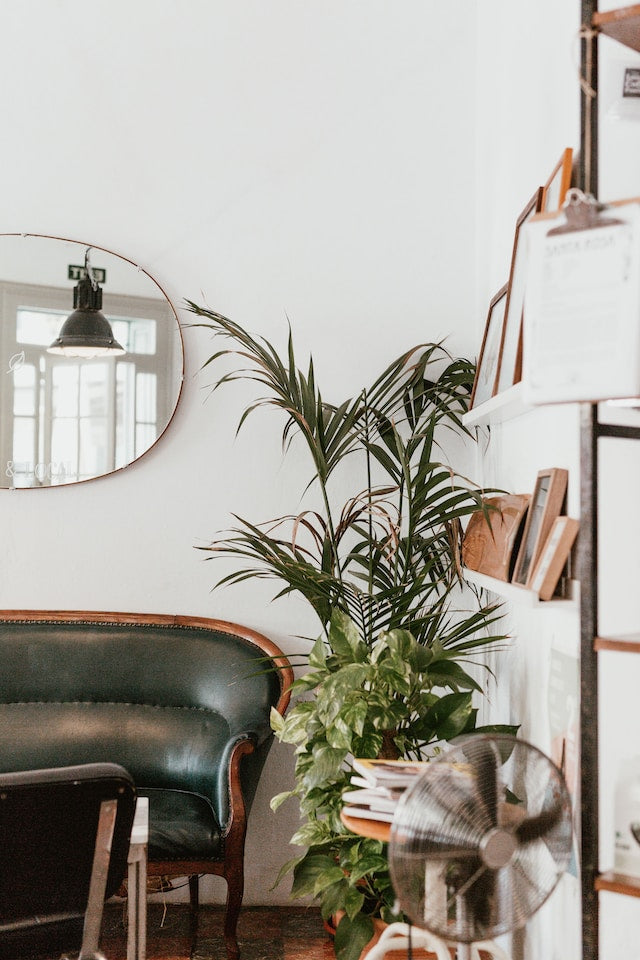

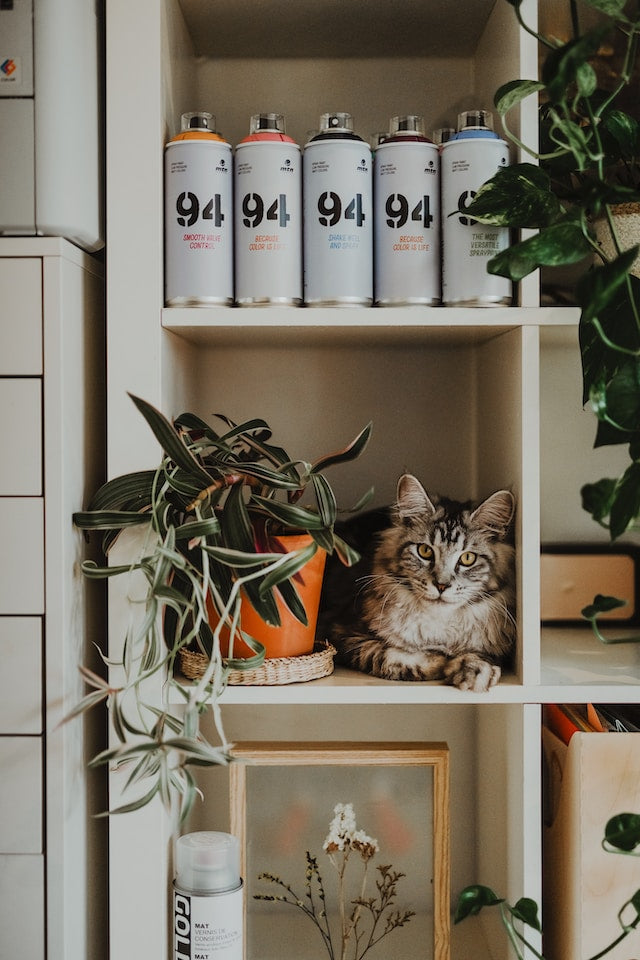
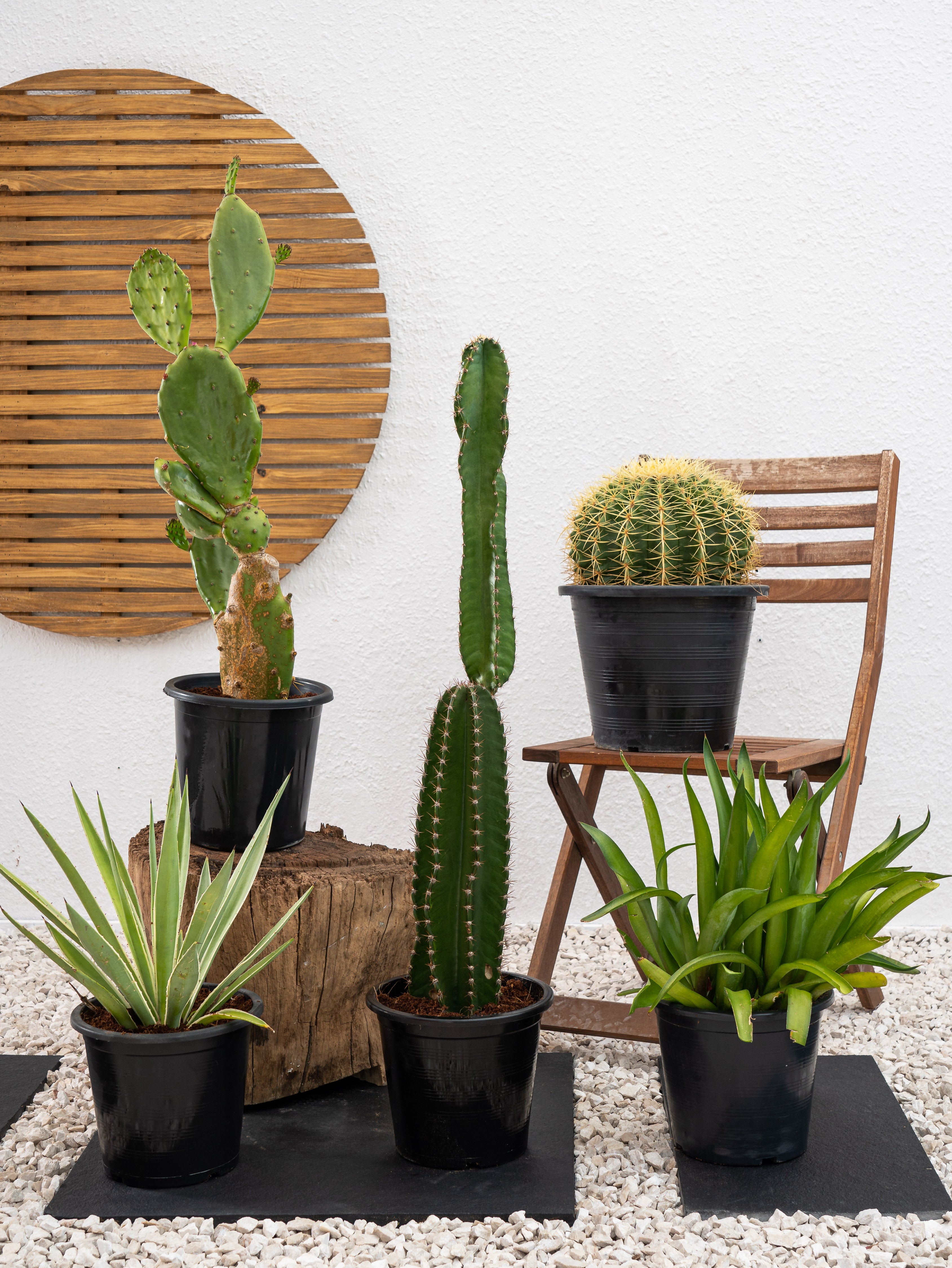
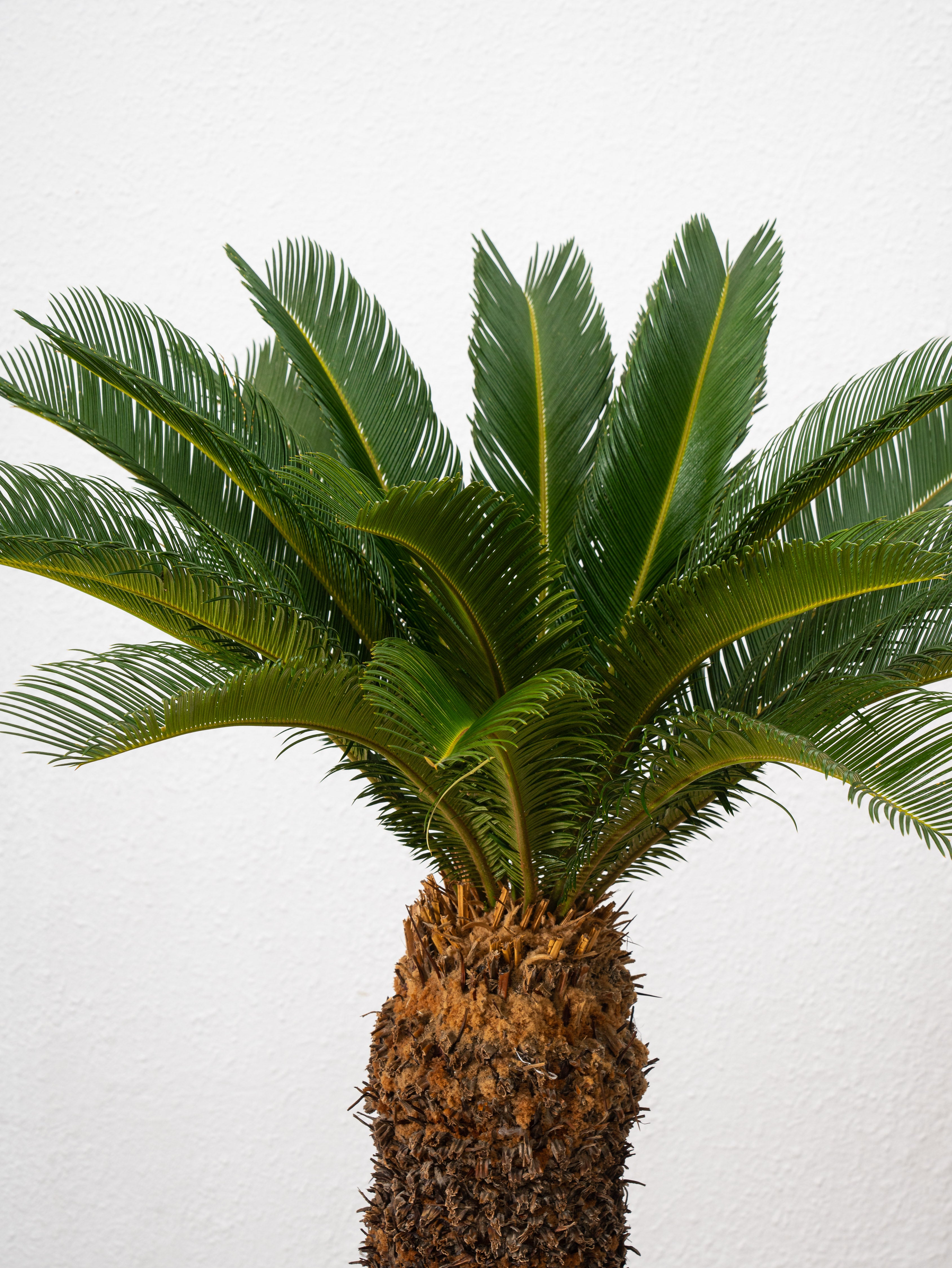
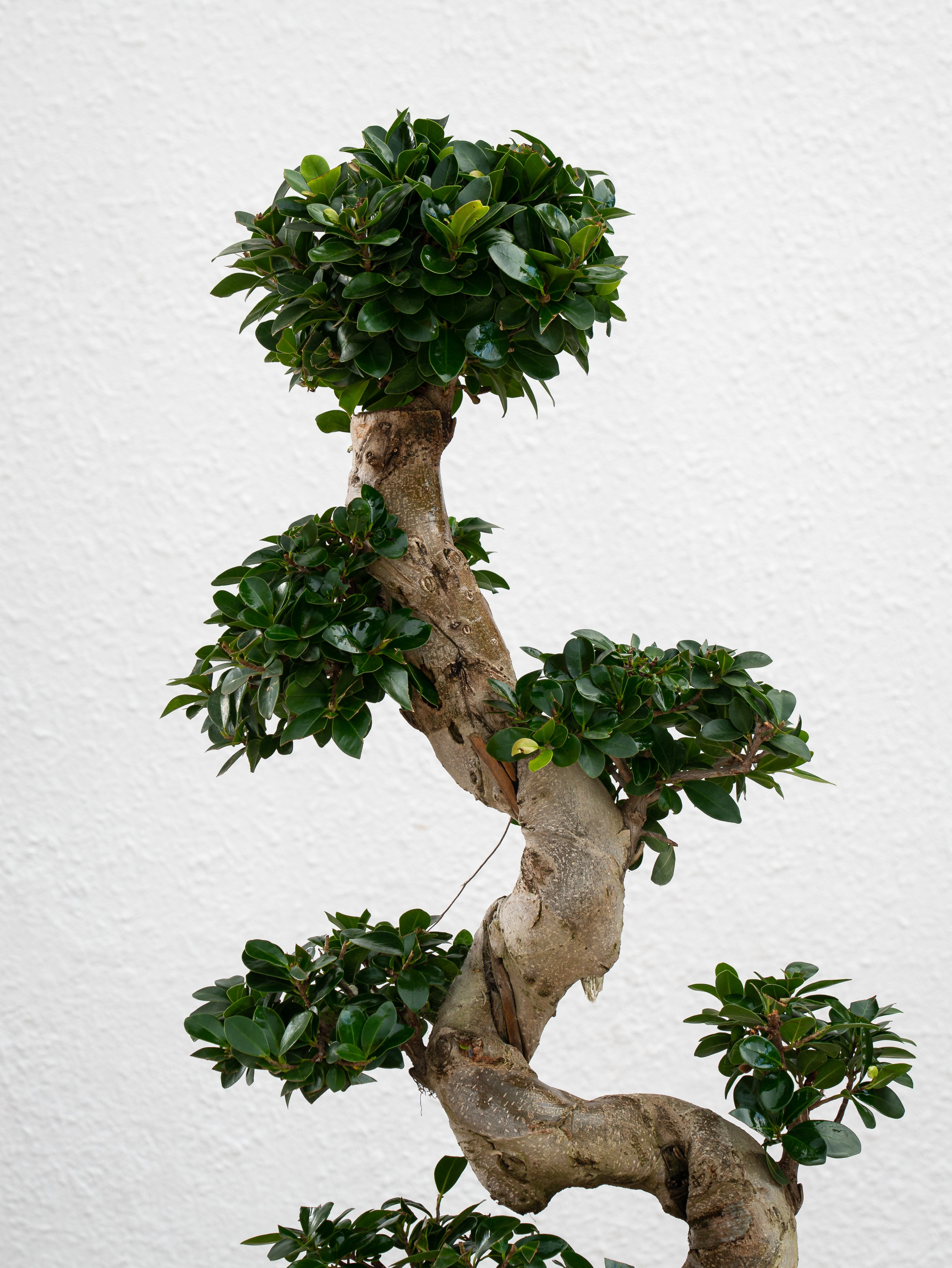
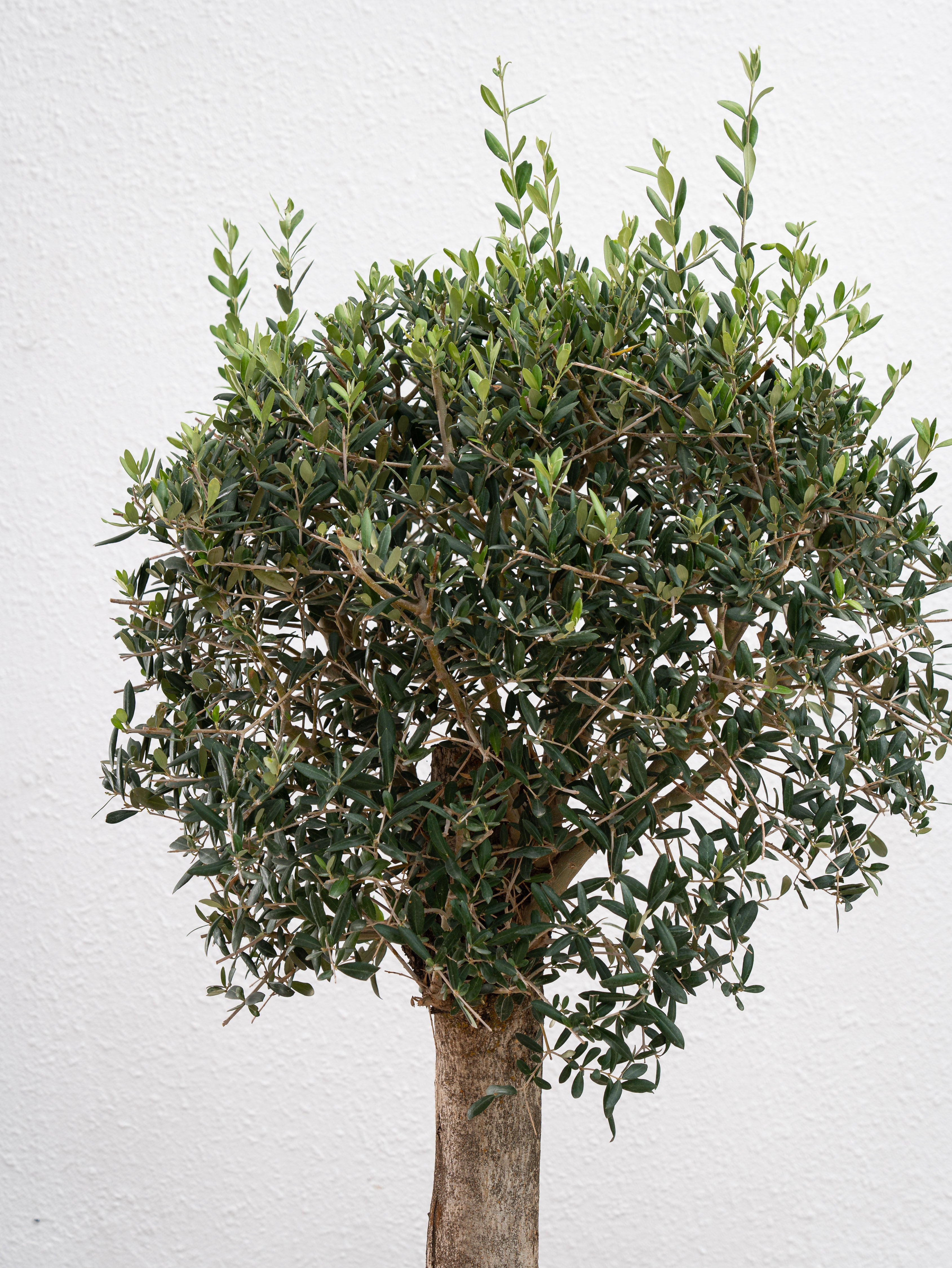
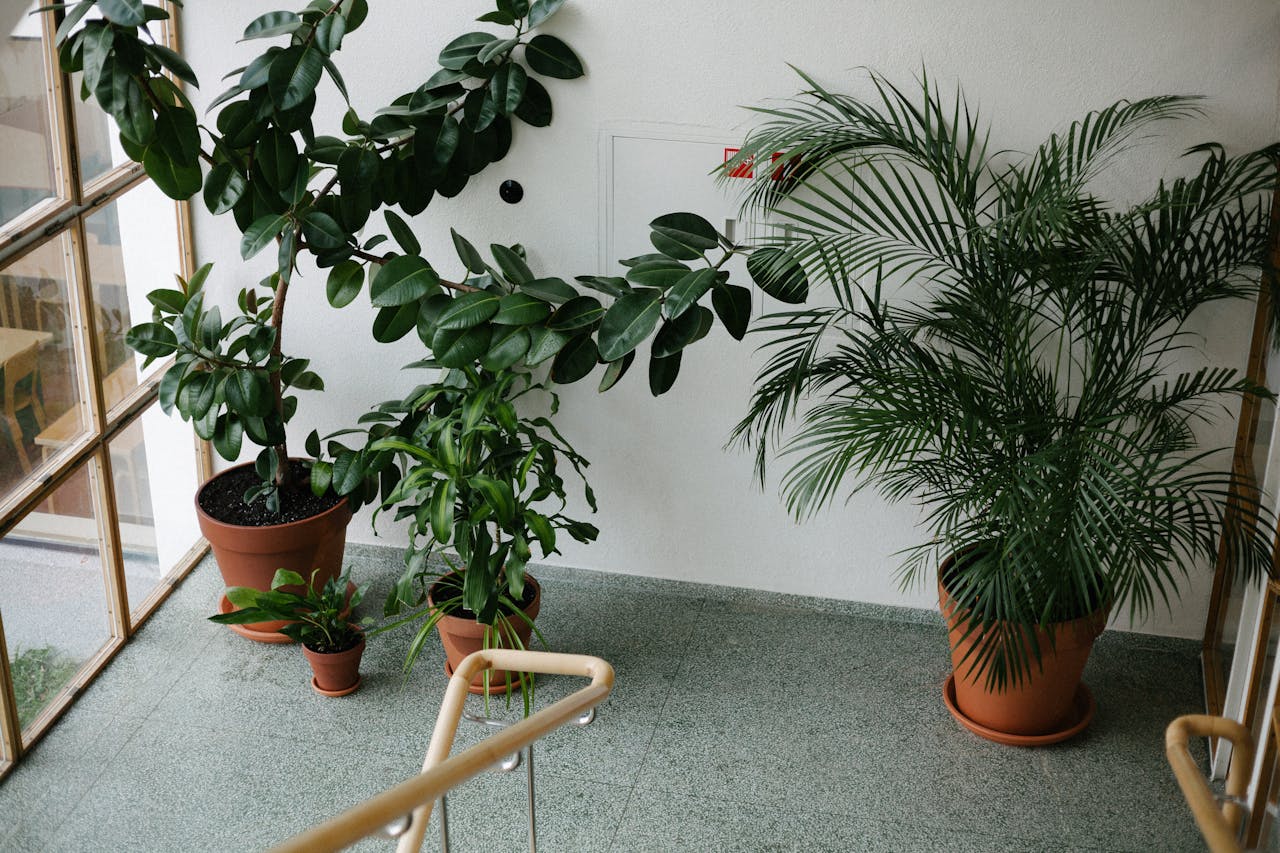
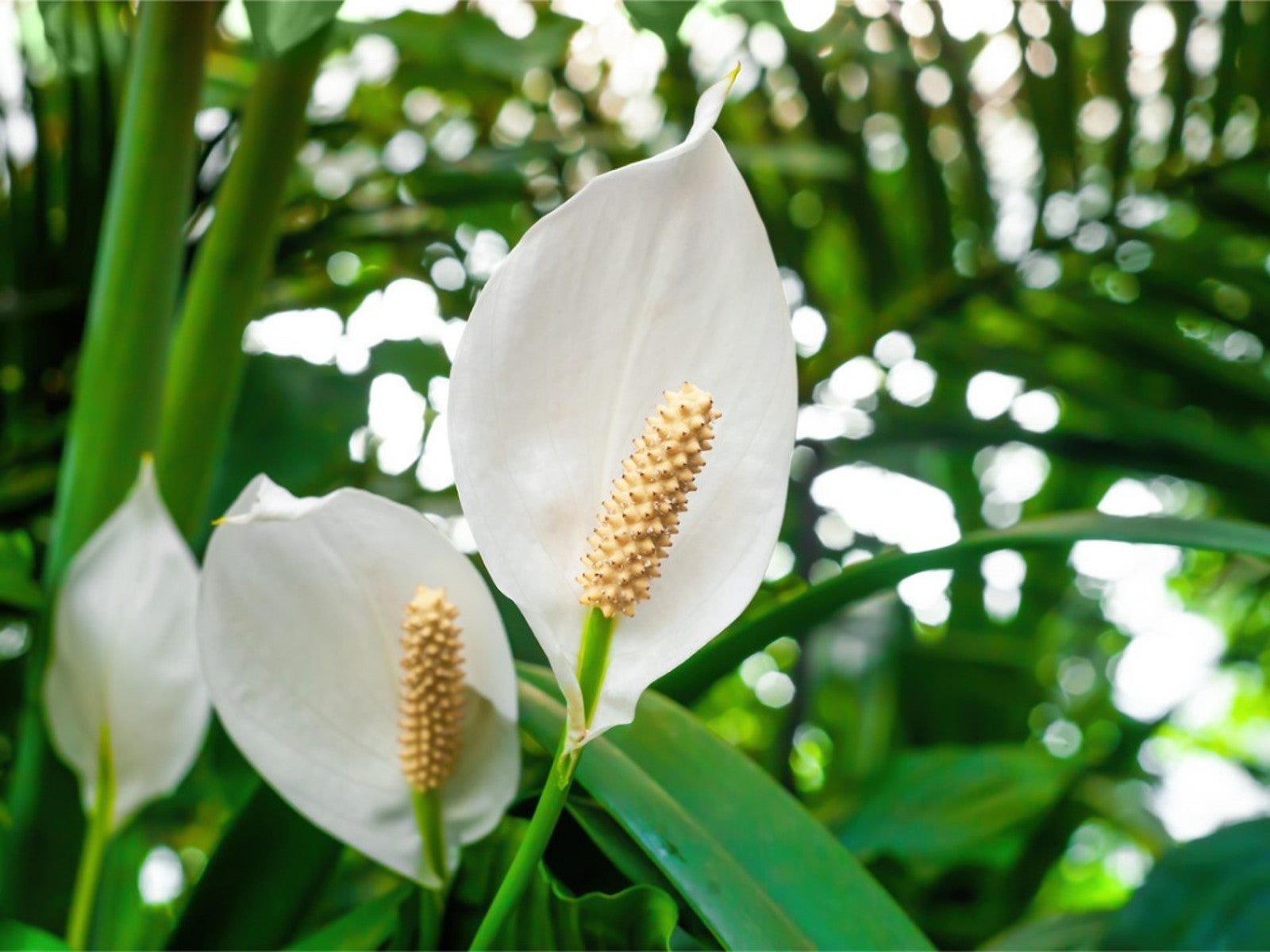
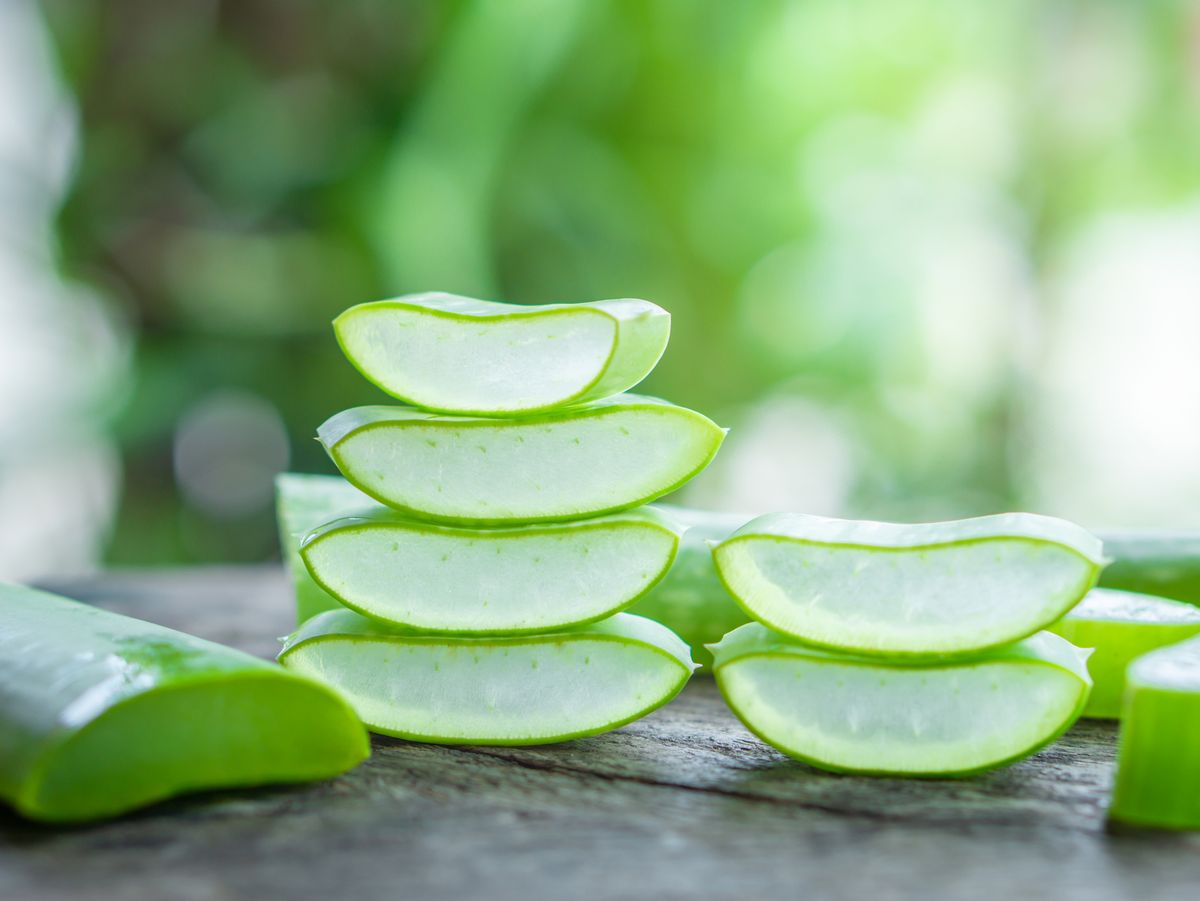
Leave a comment
This site is protected by hCaptcha and the hCaptcha Privacy Policy and Terms of Service apply.